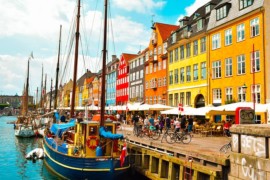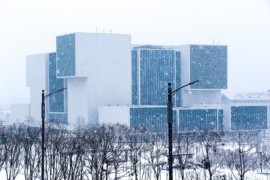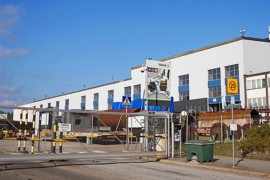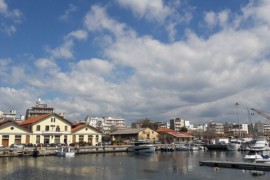An end-user – be it a professional or an individual – asks himself less questions when confronted with his electricity or gas bill than he does when faced with his bill for the consumption of heat produced by a heating network. This is partly due to the regulation of the energy market, which reassures consumers. Here is a summary of the elements to be taken into account to understand the billing of heat supplied by a heating network.
Two peculiarities of heating networks
– The price of the equipment (boiler, pipes …), maintenance and repairs related to a heating network are directly included in the final bill. Conversely, these costs are not included on that of a consumer connected to the electricity grid or other form of heating.
– In most cases, the end-consumer of the heat produced by a heating network is not the subscriber. Indeed, these facilities are usually managed by trustees (for condominiums), donors (for social housing) or by the building authority or landlord.
The composition of a heating bill
Each heating network is primarily a unique project. Consequently, prices vary from one network to another. However, various expenses are common to all these facilities:
– Amortization of equipment and installation;
– The fuel of any kind (wood, gas, oil …);
– Operation and maintenance.
Intermediary managers
The property manager (trustee, the social landlord or the building authority) pays the network operator for delivering heat to the substation. This person is then responsible for the supply from the sub-station to the various accommodations. If this step is not managed in-house, maintenance, operation and functioning of the internal part of the network are carried out by a secondary network manager. This secondary manager may potentially be another expensive cost which must be added to the heating bill.
The end-user’s bill
The end user is not the subscriber of the heating network. There is no individual meter (per residence or per company) but a meter at the substation. A calculation is then used to add on the cost of the heating on the occupants’ bill.
To understand more fully your heating bill produced by a heating network, fact sheets from Ademe and Cerema are available.
Image source: Flickr (Lucas Hayas)








